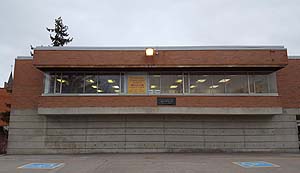by Angeline Lillard
An analysis of students’ academic and social scores compares a Montessori school with other elementary school education programs.
Montessori education is a 100-year old method of schooling that was first used with impoverished preschool children in Rome. The program continues to grow in popularity. Estimates indicate that more than 5000 schools in the United States—including 300 public schools and some high schools—use the Montessori program. Montessori education is characterized by multi-age classrooms, a special set of educational materials, student-chosen work in long time blocks, collaboration, the absence of grades and tests, and individual and small group instruction in both academic and social skills (1). The effectiveness of some of these elements is supported by research on human learning (2).
We evaluated the social and academic impact of Montessori education. Children were studied near the end of the two most widely implemented levels of Montessori education: primary (3- to 6-year-olds) and elementary (6- to 12-year-olds). The Montessori school we studied [located in Milwaukee, Wisconsin (3)], which served mainly urban minority children, was in its ninth year of operation and was recognized by the U.S. branch of the Association Montessori Internationale (AMI/USA) for its good implementation of Montessori principles (4)... READ MORE...





